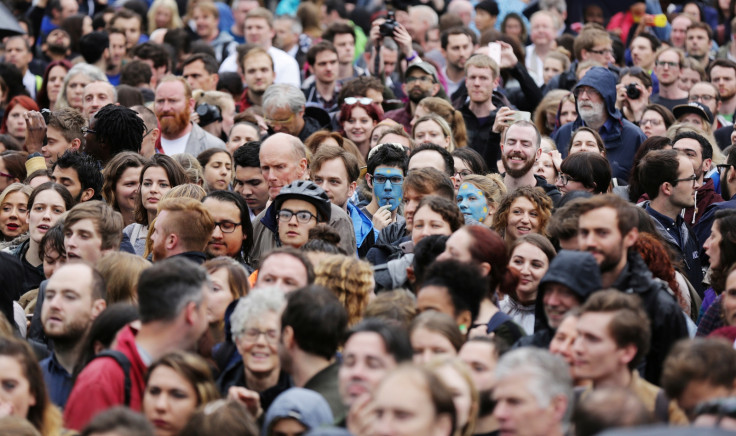UK survey shows majority of population identifies as working-class despite rise in middle-classes
Social research report finds that 'working-class values' remain despite major changes in labour market.

The proportion of the British population that consider themselves working-class is the same as in 1983, despite long-term decline in the number of working-class people in the UK. According to an annual survey from NatCen, 60% of Brits identify themselves as working-class while the remaining 40% identify as middle-class.
The British Social Attitudes survey for 2015 questioned more than 3,000 people on their class identities. Some 82% of those who identified as working-class believed there to be a wide divide between social classes, compared with 70% of those who identified as middle-class.
Citing various data from the Office for National Statistics and academic analyses, the report said that the number of "routine and semi-routine" workers in Britain had declined.
The working-classes, as defined by officials and social scientists in terms of occupation, total only 25% of the population, contrasting with the high number of Brits identifying themselves as belonging to this group – a phenomenon known as 'working-class of the mind'.
In the US, the proportion of people identifying as working-class has fallen in line with the decline in their actual number, with more now calling themselves middle-class.
In the UK, almost 47% of those in jobs classified as managerial and professional consider themselves working-class. Only 26% of those surveyed believed it was not very difficult to move between social classes, while the remaining three-quarters felt the class divide was fairly or very wide.
Geoffrey Evans and Jonathan Mellon of the University of Oxford, the authors of the study, surmised in the report that "class identity, and especially working class identity, is alive and well" in British society.
© Copyright IBTimes 2025. All rights reserved.





















